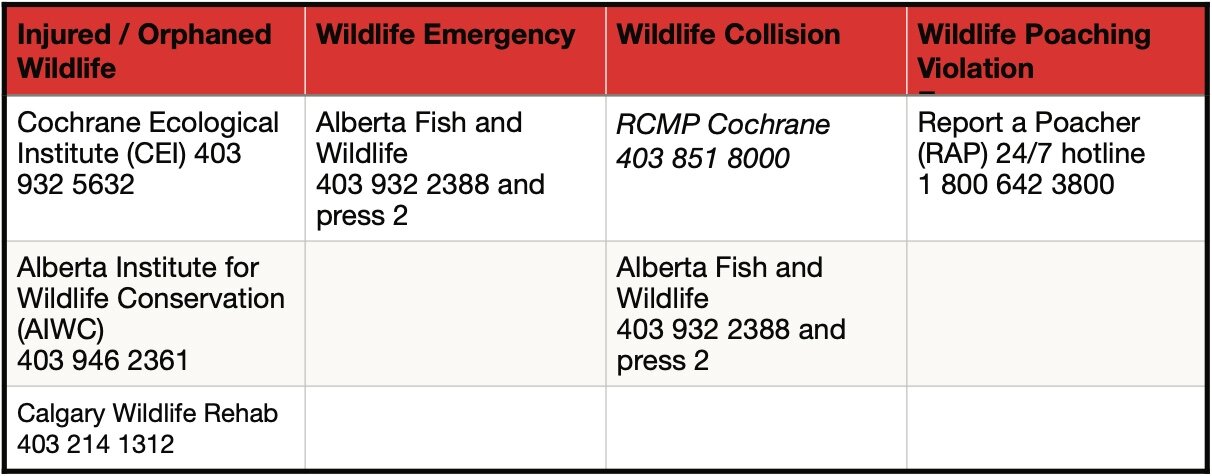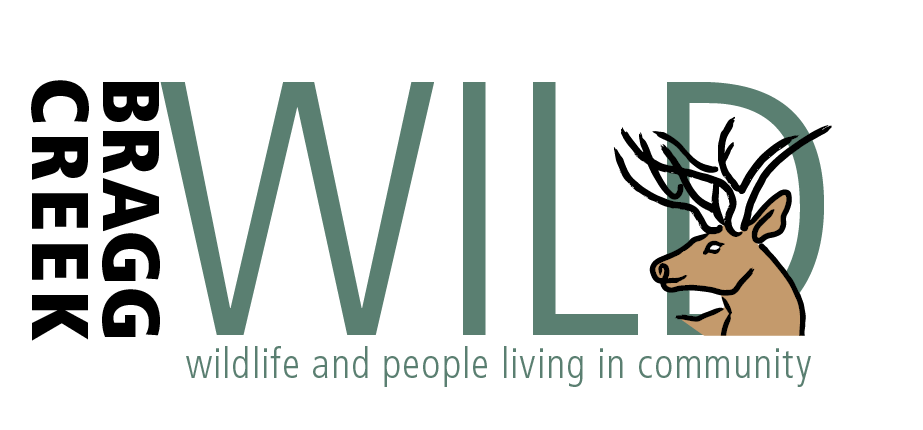Rutting Season – Wildlife’s Deadliest Time of the Year
Autumn is the season for mating amongst ungulates such as deer, moose and elk. It is the deadliest time of the year for these species – with the highest incidences of wildlife-vehicle collisions not seen in any other season.
As the rutting season spans the Fall period, typically elk commence their rut in September, moose become active in October, followed closely by white-tailed deer and lastly, the mule deer in November. During the rut, males have an intense urge to reproduce with the females of their species and will display increased aggression towards other males. Sudden, unprovoked attacks on a perceived rival can cause a male deer (for example) to dart into a roadway with a singular focus on pursuing his competitor.
November is the month where the highest number of wildlife-vehicle incidents are seen and is therefore the deadliest one for wildlife. How can this be explained? Known as photoperiod, the diminishing ratio of daylight to darkness triggers behavioral and physiological changes in these animals. Bucks, for example, have arrived at the apex of their physical development after spending a fruitful feeding period over the Spring and Summer months. With fully-developed antlers, thickened necks and having extraordinary muscular strength, they exhibit their prowess against competing males to win the opportunity to mate with female does in oestrus. As their instinct to mate is so intense, many males do not feel the need to eat during this period and may lose body weight. This single-minded focus also contributes to their lack of awareness for other dangers that are present – such as roadways that intersect with their territory.
For those of us who are living and active in and around the Bragg Creek and Redwood Meadows areas, this means being especially alert around all local roads. Deer may be drawn to road salt along roadways, attracted to vegetation in ditches, or they might blindly dart across a road in pursuit of a competing male or target a potential mating female. A solitary doe seen along a roadway may be the focus of several bucks in pursuit. The rut period is very dangerous for other species as well, as bucks may not differentiate dogs or people from their rival competitors. They may even chase off nearby fawns, leaving them confused and suddenly alone. Such intense social interactions instigated by these males will eventually dissipate once their testosterone levels drop and their antlers are shed later in the Winter.
In the month of November, a reported 80% of wildlife-vehicle collisions involve deer. According to the AMA, the average the number of wildlife-vehicle collisions is more than double that of any other month in the year. The highest numbers typically occur around the time the clocks change back from Daylight Savings Time to Mountain Standard Time. (The time change for 2023 occurs on Nov 5th) Costs incurred by vehicle damage can be a huge influence on insurance payouts and often include personal injuries as well.
The message is, PLAY IT SAFE. Be particularly wary during dawn and dusk – the collision danger factor increases overwhelmingly during this time period.
- Be on the lookout for movement in the shadows and during daylight hours too. Look for shining eyes in your headlights while travelling at night.
- Don’t speed – Unexpected icy or slick roadways can make sudden braking difficult in the case of a deer appearing on the road ahead of you.
- Use your high beams when possible while being mindful of oncoming drivers. Flash your headlights to warn oncoming cars of wildlife you see on the road ahead of you.
- Keep your eyes on the roadsides as well as the road ahead. A deer may be browsing in the ditch, and several others may also be close by.
- If you encounter a deer on the road, brake gently and don’t swerve into oncoming traffic.
- If a deer is standing in the middle of the road, don’t use your horn or lights – either opt to steer very slowly towards the animal’s back end to encourage it to continue in the direction it was headed, or wait until it moves off on its own.
Valuable contact information for various wildlife issues you may encounter is in the table below.
By helping to keep our wildlife safe, we keep ourselves safe too.
Bragg Creek Wild – www.braggcreekwild.ca braggcreekwild@gmail.com – 403-200-9961
People and wildlife living in community



























